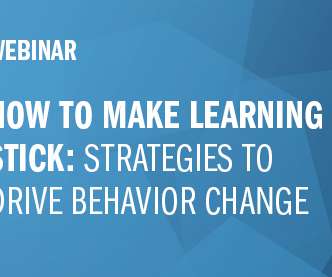Beyond Recruitment: N2Growth’s COO Search Solutions Enhance Organizational Performance
N2Growth Blog
JANUARY 6, 2024
Utilizing a vast network and in-depth industry knowledge, the executive search team at N2Growth focuses on understanding the dynamics within leadership teams. This approach helps minimize the risk of leadership mis-hires and further bolsters the firm’s commitment to improving organizational outcomes.












Let's personalize your content